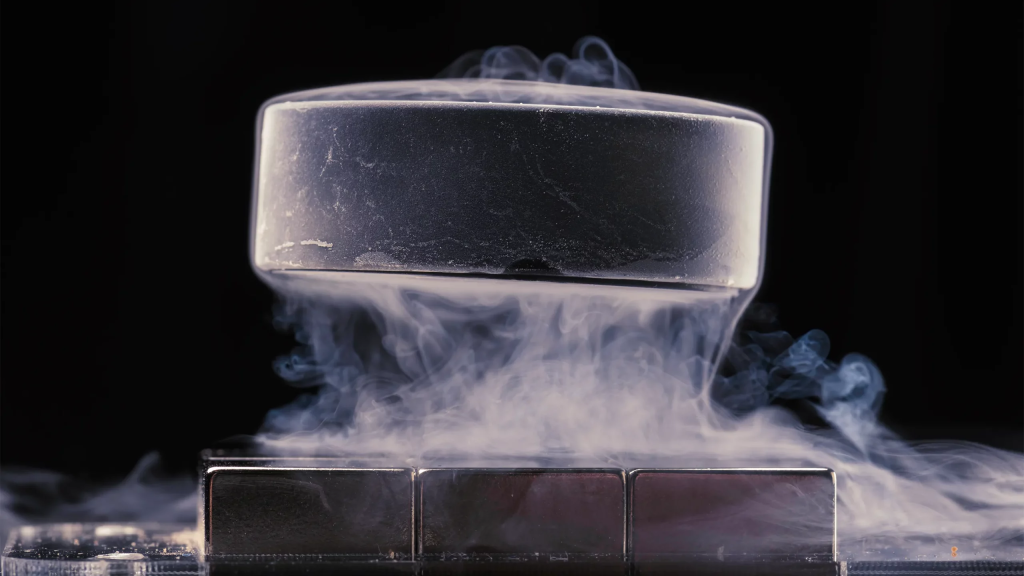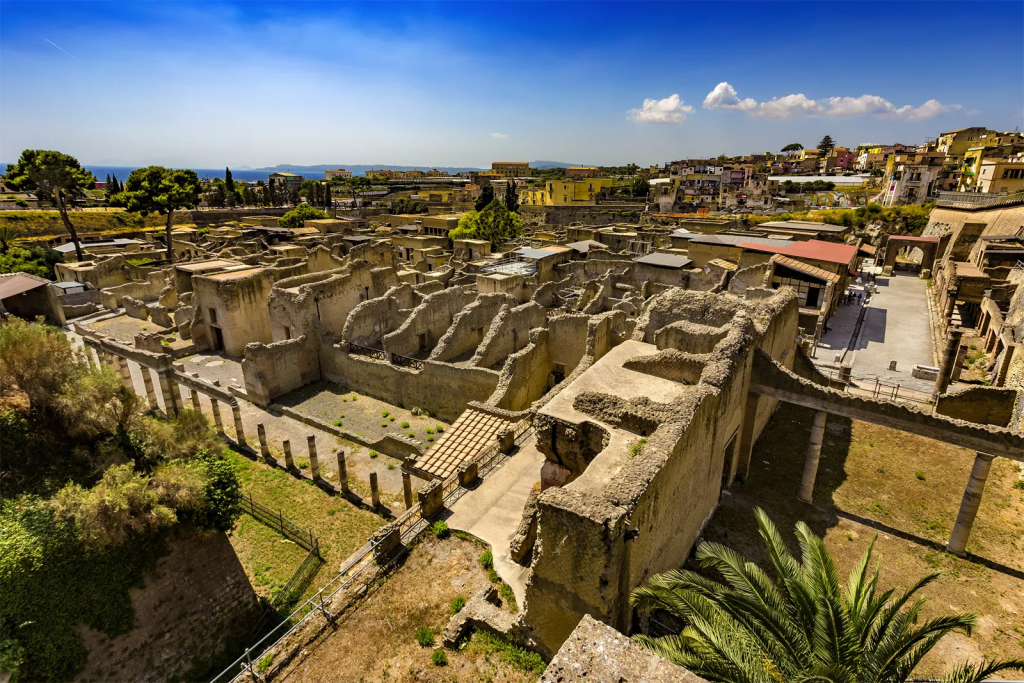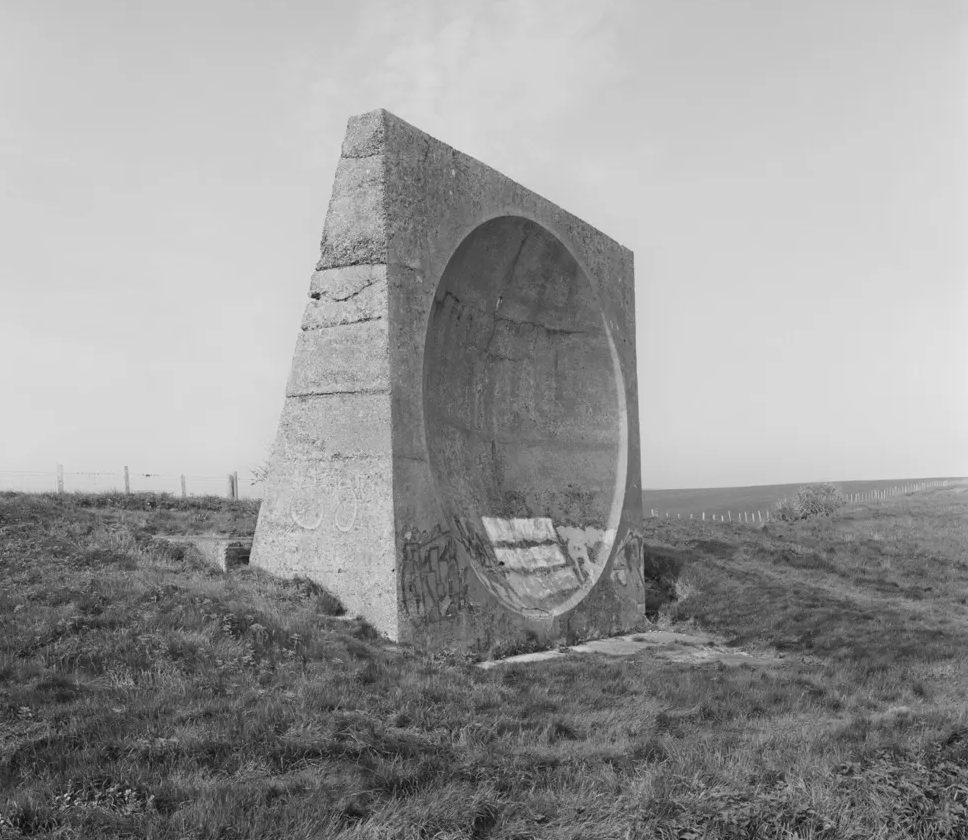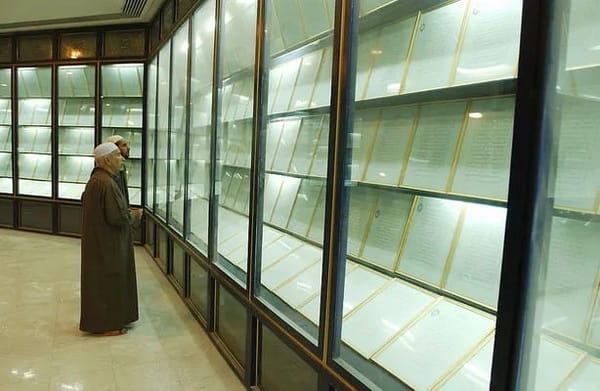Did scientists really discover a new superconductor?

At the American Physical Society’s annual March meeting in Las Vegas, Ranga Dias, a physicist at the University of Rochester, announced that he and his team had achieved a century-old dream of the field: a superconductor that works at room temperature and near-room pressure. Interest was so intense that security stopped people from entering the overflowing room. The results, published in Nature, appear to show that a conventional conductor — a solid composed of hydrogen, nitrogen and the rare-earth metal lutetium — was transformed into a flawless material capable of conducting electricity with perfect efficiency. While the announcement has been greeted with enthusiasm by some scientists, others are far more cautious.
Resurrect an ancient library from the ashes of a volcano. Win $250,000
If you know anything about machine vision -- or know anyone who does -- you could win $250,000 if you can somehow decipher what's written on an ancient scroll of papyrus, which was carbonized by the eruption of Vesuvius thousands of years ago (things in Pompeii were vaporized, but in nearby Herculaneum they were buried in hot mud and preserved). The scrolls were found in 1750 by a farmer digging a well, who uncovered part of the ruins of a massive villa that was owned by the father-in-law of Julius Caesar. Using a particle accelerator, scientists were able to lift some of the text from the scrolls, showing that "digital unwrapping" is possible. And now a group of Silicon Valley investors have started a contest to help decipher as much of the scrolls as possible.

The magical history of Frankincense
Frankincense, a hardened resin that comes from the trunk of the Boswellia tree. The substance plays a huge role in Omani society: from health (people use it medicinally to cure things like a sore throat), to hospitality and hosting, where the aromatic fragrance is burned to create a welcoming ambiance. It is even burned during a woman’s pregnancy and after a child’s birth. The substance was precious in the times before oil was discovered, and played a huge role in trade. Frankincense is harvested from the plant tissue of trees: the sap hardens and becomes a resin that can be burned aromatically. A harvester makes cuts in the bark of the tree: the sap comes out to protect the tree from getting dust in it. It hardens for two weeks and then is extracted and further produced. And just like wine, different regions create different results.

The concrete blocks that once protected Britain
More than 100 years ago acoustic mirrors along the coast of England were built with the intention of using them to detect the sound of approaching German zeppelins. The concave concrete structures were designed to pick up sound waves from enemy aircraft, making it possible to predict their flight trajectory, giving enough time for ground forces to be alerted to defend the towns and cities of Britain. Invented by Maj William Sansome Tucker and known as sound mirrors, their development continued until the mid-1930s, when radar made them obsolete. Some of the structures were removed by local councils; many more were planned but never built. The most famous of these devices still stand at Denge on the Dungeness peninsula and at Hythe in Kent. Other examples exist in other parts of Britain, and in Malta.

The Moroccan slave who explored the American Southwest in the 1500s
A black Moroccan slave who explored present-day Texas, New Mexico and Arizona with Spanish conquistadors is credited with being the first person of African descent to enter the American Southwest, but he’s all but absent from the states’ histories. Estebanico was among shipwrecked Spaniards who wandered through the American coastal south and later led an expedition into New Mexico, which ended in his disappearance. Scholars believe Estebanico, who’s known by many other names, including Esteban the Moor, was born in Morocco around 1500 and likely was sold into slavery in the port city of Azemmour by Portuguese slave traders. Spanish aristocrat Andres Dorantes bought Estebanico and took him along for Panfilo de Narvaez’s ill-fated expedition of 1527 to colonize Florida and the Gulf Coast.

The floating basket homes of Iraq, a paradise almost lost
It was Iraq’s Garden of Eden; unique wetlands in southern Iraq where a people known as the Ma’dan, or Arabs of the marsh, lived in a Mesopotamian Venice, characterised by beautifully elaborate floating houses made entirely of reeds harvested from the open water. These little-known architectural wonders are known as a ‘mudhif’; built without nails, wood or glass in under three days, even the islands the houses rest on are made of compacted mud and rushes. It’s a construction method that has been used by the dwellers of the plains for thousands of years, but in recent decades, this exotic architecture has almost completely disappeared, and at risk of being lost along with it of course, is the ancient knowledge of the unique building technique itself. The marshes and their floating reed homes had for some time been considered a refuge for those persecuted by the government of Hussein, and in past centuries they had been a refuge for escaped slaves and serfs.

Pachelbel's Canon in D, played by trains
Pachelbel's Canon in D, P 37 played by countless trains, the sounds of which were recorded and assembled by the Czech machinist Pavel Jirásek
— Massimo (@Rainmaker1973) March 17, 2023
[source, HD: https://t.co/BMsGOl4Ubi]pic.twitter.com/iqQd8kMDZz



